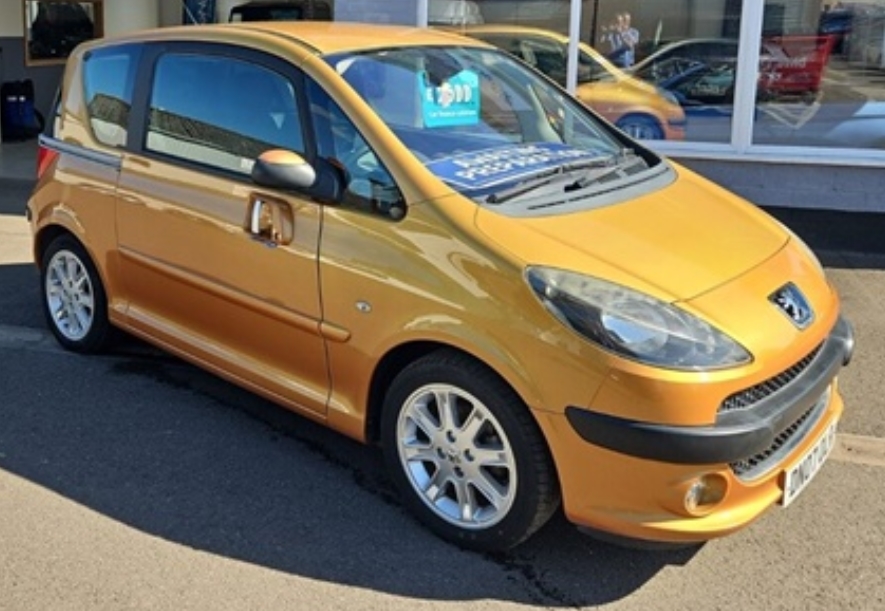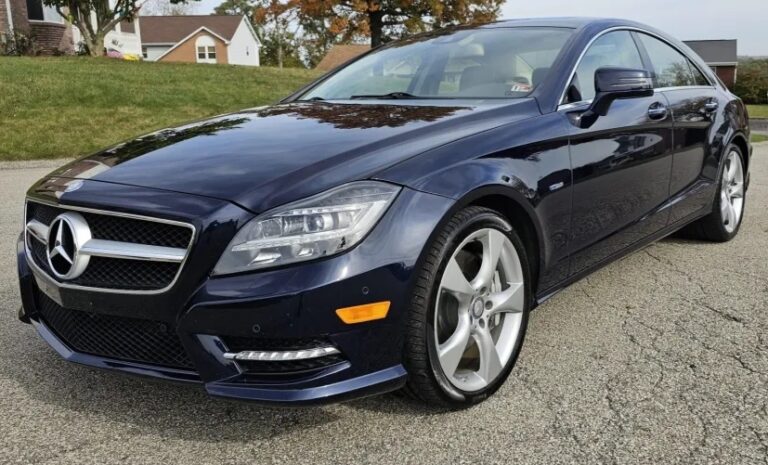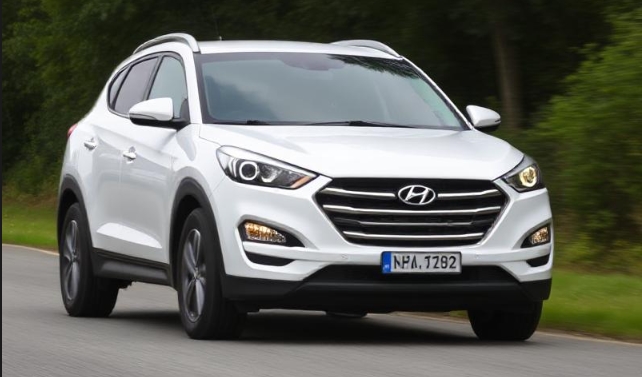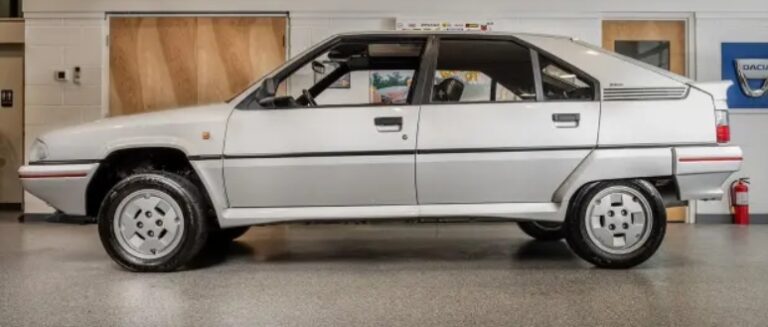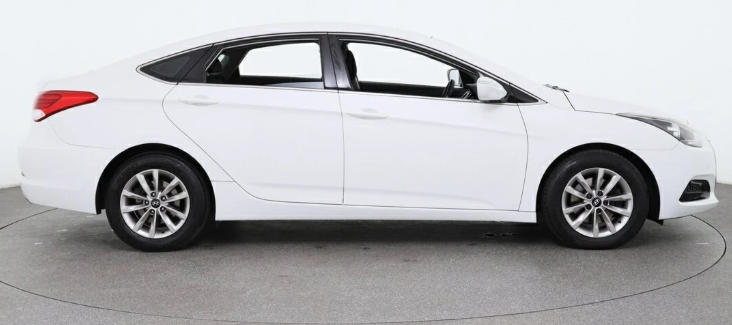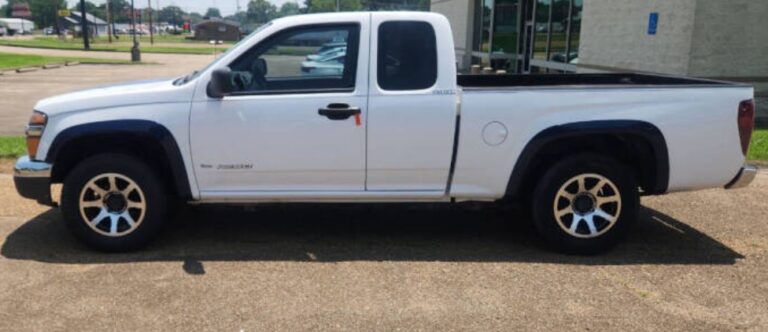The Peugeot 1007 Evolution: A Sliding Door into a Future That Never Arrived
In the annals of automotive history, some cars are remembered for their roaring success, some for their spectacular failure, and a select few for their audacious, almost bewildering, innovation. The Peugeot 1007 falls firmly into the latter category. It was a car born from a simple yet profound observation of modern life: parking spaces are shrinking, and city life is congested. Peugeot’s proposed solution was not a smaller car, but a smarter one—a vehicle that re-imagined the very concept of getting in and out. Produced between 2005 and 2009, the 1007 was a bold, expensive, and ultimately misunderstood gamble, a fascinating case study in design, engineering, and market reality.
The Genesis: From “Sésame” to Showroom
The story of the 1007 begins not on a production line, but at the 2002 Paris Motor Show. Here, Peugeot unveiled the “Sésame” concept car. It was a bright, charming, and impossibly clever city car whose party piece was a pair of large, powered sliding side doors. Unlike the utilitarian sliding doors found on vans, these were elegant, technologically advanced, and designed for ultimate urban convenience. The public and press were captivated. The idea of opening your car door with the press of a button on the key fob, watching it glide back effortlessly without fear of dinging an adjacent vehicle, was pure, futuristic brilliance.
Buoyed by the positive reception, Peugeot green-lit the project for production, entrusting the celebrated Italian design house Pininfarina to translate the concept’s charm into a road-ready reality. The result, which debuted in 2005 as the Peugeot 1007, remained remarkably faithful to the Sésame. It retained the tall, “mini-MPV” silhouette, the friendly face, and, most importantly, the twin electric sliding doors.
These weren’t just doors; they were a statement. Dubbed “Open Sesame” doors, they could be operated via the remote key fob, buttons on the dashboard, or the external and internal handles. Measuring nearly 1.5 metres in length, they provided a vast aperture, making access to both front and rear seats incredibly easy, a boon for parents with child seats, the elderly, or anyone simply trying to load shopping in a tight bay.
Built on the same PSA PF1 platform that underpinned the successful Peugeot 206 and Citroën C3, the 1007 had proven mechanicals. Yet, its unique body and features set it apart, aiming for a premium, boutique corner of the supermini market.
The Cameleo Interior: A Cabin of a Thousand Faces
Peugeot’s innovation didn’t stop at the doors. Inside, the 1007 introduced the “Cameleo” concept, another feature designed to appeal to fashion-conscious, individualistic buyers. The interior was designed with removable, interchangeable trim pieces. For a few hundred pounds, an owner could purchase a Cameleo kit, which contained 18 pieces, including colorful seat cushion covers, door panel inserts, and dashboard vent surrounds.
There were around a dozen different kits available, with names like “Pixel,” “Ghia,” and “Carrément,” allowing owners to fundamentally change the look and feel of their car’s interior in about 15 minutes. One day it could be a sober grey and black, the next a vibrant orange or a cool blue. It was a brilliant piece of marketing and a genuine point of difference, allowing for personalization rarely seen outside of the luxury car market. This, combined with the four individual seats (the rear two could slide, fold, or be removed entirely for van-like space), made the 1007’s cabin a paragon of modularity and style.
The Evolution of Models and Trim Levels (2005-2009)
The 1007 was launched with a clear, tiered structure of models and trim levels, which evolved slightly over its four-year production run. The engine choices were initially modest, reflecting the car’s urban focus, but were later expanded.
Initial Launch Powertrains (2005):
1.4-litre Petrol: A 75 hp, 8-valve four-cylinder engine. The workhorse of the range, offering adequate city performance. Available with a 5-speed manual or the “2-Tronic” automated manual gearbox.
1.6-litre Petrol: A 110 hp, 16-valve four-cylinder engine. This provided much livelier performance but was only available with the 2-Tronic gearbox at launch.
1.4-litre HDi Diesel: A 70 hp turbodiesel. Highly economical, it was a popular choice for high-mileage city drivers and came exclusively with a 5-speed manual.
The “2-Tronic” gearbox was a key piece of technology for the 1007. It was essentially a manual gearbox with an electro-hydraulic system that operated the clutch and shifted the gears automatically. It could be left in full auto mode or shifted manually via paddles behind the steering wheel. However, it would become one of the car’s most criticized features, known for its slow, jerky shifts that hindered smooth progress.
Trim Level Hierarchy (Primarily for the UK Market, with equivalents across Europe):
- Urban (2005-2007) The entry point to the 1007 range. It was spartan but included the all-important signature features.
Engines: Primarily offered with the 1.4-litre petrol engine.
Key Features: Electric sliding doors, remote central locking, electric front windows, CD player with steering wheel controls, multiple airbags, and ABS. It typically came with steel wheels and more basic interior cloth. Air conditioning was an optional extra.
- Dolce (2005-2008) The mid-range, comfort-oriented trim and the likely bestseller. It added a significant number of desirable features.
Engines: Available with the 1.4 petrol (manual or 2-Tronic) and the 1.4 HDi diesel.
Key Features (in addition to Urban): Manual air conditioning, 15-inch alloy wheels, front fog lights, body-colored mirrors and door handles, and crucially, one or two “Cameleo” interior kits included as standard. This was the model that best represented the 1007’s dual promise of convenience and style.
- Sport (Referred to as “Sporty” in some markets) (2005-2008) The top-tier trim, aimed at drivers who wanted a more dynamic look and feel.
Engines: Exclusively available with the more powerful 1.6-litre 110 hp petrol (with 2-Tronic) at launch.
Key Features (in addition to Dolce): 16-inch alloy wheels, a sportier design for the interior trim and instrument cluster, a leather-trimmed steering wheel, and aluminium pedals. The suspension was often slightly firmer for improved handling.
Later Engine Addition (2006):
1.6-litre HDi Diesel: In 2006, Peugeot introduced a much more potent diesel option. This 110 hp unit, borrowed from larger models, transformed the 1007. It provided strong torque, effortless cruising ability, and excellent fuel economy, making the car a far more capable all-rounder. It was paired with a 5-speed manual gearbox and was typically offered on the higher trim levels like the Sport.
Range Simplification and Special Editions (2007-2009):
As sales began to slow, Peugeot simplified the 1007 range and introduced special editions to maintain interest.
S: This trim often replaced the Urban level, offering a similar level of specification but sometimes bundling in features like air conditioning to improve its value proposition.
Glam: A special edition focused on style, often featuring unique paint colours, specific alloy wheel designs, and exclusive Cameleo kits.
Roxy: A notable special edition created in partnership with the surfwear brand Roxy. It featured distinctive Roxy branding, bright colour schemes, and a custom interior, aimed squarely at a younger, female demographic.
By the end of its life in 2009, the range had been consolidated, with the Dolce and Sport trims often being the mainstays, now available with the full range of engines, including manual options for the 1.6 petrol that were not available at the very beginning.
.
NO MORE dead batteries with this:

.
The Verdict of the Market: A Commercial Disappointment
Despite its clever design, high-quality interior, and a class-leading 5-star Euro NCAP safety rating, the Peugeot 1007 failed to capture the public’s imagination in the way Peugeot had hoped. Production ceased in 2009 after just over 120,000 units had been sold—a fraction of the sales enjoyed by its supermini stablemates. The reasons for its commercial failure were multifaceted.
First and foremost was the price. The complex engineering of the electric doors made the 1007 significantly more expensive than conventional rivals. A mid-spec 1007 cost as much as a well-equipped Peugeot 307 or Ford Focus from the class above—cars that offered more space, more power, and more practicality for a family.
Second was the weight. The heavy doors and the reinforced bodyshell required to accommodate them meant the 1007 tipped the scales at over 1,200kg. This weight blunted the performance of the smaller engines and negatively impacted fuel economy and handling, making it feel less nimble than its supermini cousins.
Third was the practicality paradox. While the doors were immensely practical for access, the car itself was a strict four-seater with a relatively small boot (with the rear seats in place). Competitors like the Renault Modus and Honda Jazz offered more versatile and spacious interiors for less money, albeit with boring, conventional doors.
Finally, the much-vaunted 2-Tronic gearbox, paired with the most desirable petrol engine at launch, was a major weak point, with its clumsy operation putting off many potential buyers during test drives.
A Legacy of Innovation
The Peugeot 1007 is a classic example of a brilliant answer to a question not enough people were asking. It was a car engineered with an almost obsessive focus on solving one specific problem—urban access—at the expense of other fundamentals like price and weight.
Today, the Peugeot 1007 exists as a fascinating and quirky used car. Its unique features make it an inspired choice for city dwellers with specific needs, and its rarity gives it a certain charm. It stands as a monument to a time when a mainstream manufacturer was brave enough to build something truly different. While it may not have opened the door to commercial success, the Peugeot 1007 slid back the curtain on automotive innovation, leaving behind a legacy of bold, creative thinking that remains compelling to this day.
